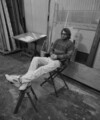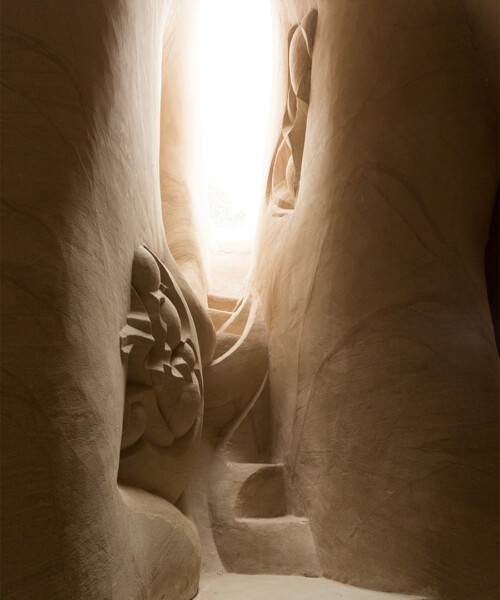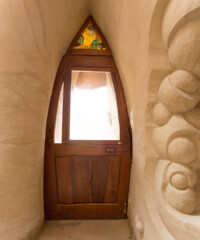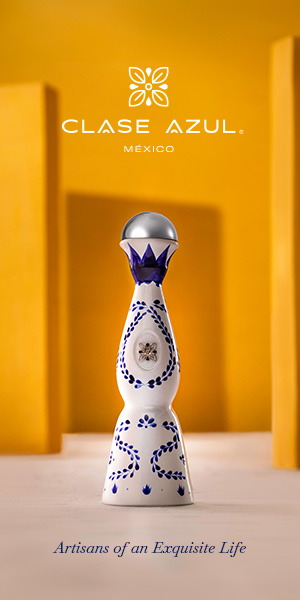For the past 30 years, Ra Paulette has been digging in the desert. Unknown to the world until 2014, when the short documentary CaveDigger was nominated for an Oscar, Paulette has been single-handedly digging ornate, mesmeric, cathedral-like spaces into the Ojo Caliente sandstone of western New Mexico.
To date, 65-year-old Paulette has excavated 14 caves, many on private land for local residents and some on public land. These caves have become shrines in the wilderness. Hikers who encounter them leave behind religious relics or mementos of deceased loved ones.
“It seems I’ve stumbled on a visual mechanism that opens up the sense of wonder,” Paulette says. “The cave medium is evocative because it completely surrounds you. The light of the open sky is juxtaposed by the inside of the earth, and that juxtaposition works a number on people, psychologically.”
The cave pictured here is a bit different than the others. It’s the only cave that was intended as a living space and the only one that has running water and electricity. But also, it belongs to a couple, Shel and Liz Neymark, who are old friends of Paulette’s. Long ago Liz was Paulette’s girlfriend, until, as he says jovially, Shel stole her away. The couple commissioned Paulette in 1997, but soon after the project began Liz was diagnosed with advanced melanoma and breast cancer. The doctors gave her a 20 percent chance of living five years. For Paulette, work on the cave became a labor of love—a tangible prayer. For over two years, 20 hours a week, he toiled in solitude.
“Ra is like no other person I’ve ever known,” Shel says. “He totally gives himself up for other people. He is less interested in financial rewards or the trappings of society than anybody else. He is happy with almost no possessions. Those things just don’t interest him.”
Paulette has said he thinks of himself more as an archeologist than as an architect. “The cave-digging process is very uncertain,” he says. “I don’t have plans… I seem to be uncovering something that already exists. It’s there in front of me, and I’m just working hard to see what’s there.”
In many ways his art—a study in uncertainty and visceral perseverance—mirrors his philosophy of life: “We’re not going to think our way out of the problems we’re in. We have to feel our way out.” Eighteen years after her diagnosis, Liz is alive and well, and Ra Paulette is still digging.








































